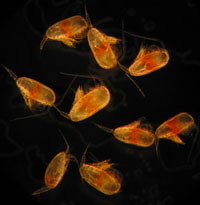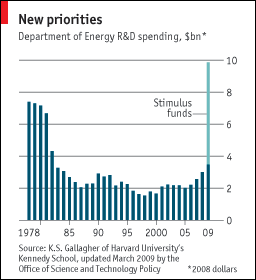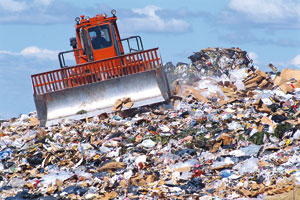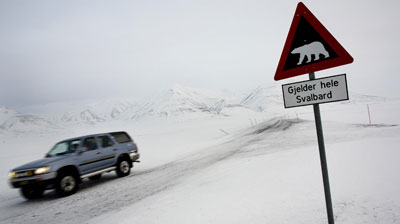Using phytoplankton to trap carbon dioxide faces a snag
Messing around with ecosystems is an unpredictable business. That proved true again this week when a group of Indian and German researchers gave their first report from the biggest ever experiment in geo-engineering: an expedition to pour iron into the Southern Ocean, a vast area that encircles Antarctica, to stimulate a giant bloom of phytoplankton.

We did!
Phytoplankton are tiny algae that absorb carbon dioxide when they grow and then lock up some of the greenhouse gas when they die and sink to the seabed. Stimulate the growth of more phytoplankton, the theory goes, and you might send more CO2 to the bottom of the ocean, where it cannot contribute to global warming. But the experiment did not quite turn out like that.
The voyage, a joint venture by India’s National Institute of Oceanography and the Alfred Wegener Institute for Polar and Marine Research in Germany, was controversial from the start. Some environmental groups claimed it was akin to pollution, and thus illegal. At one point, therefore, the German government ordered the Wegener Institute to suspend operations while it looked into the matter. Eventually, permission to continue was given and the research ship Polarstern made a two-and-half-month passage through stormy seas following the bloom that the researchers had created.

 Politicians have been making noises about energy independence and climate change for some time. Federal spending on research and development, however, has remained far below the levels of the 1970s (see chart). Now rhetoric is finally being matched by cash. Within the DoE’s budget, Congress has appropriated $7.8 billion for energy R&D, 18% more than last year, and the stimulus provided about $8 billion. On March 23rd President Barack Obama and Steven Chu, the energy secretary, explained how some of the money would be spent, with money for labs—a new building at Oak Ridge will house researchers for solar batteries and superconducting transmission lines—as well as support for scientists exploring everything from carbon sequestration to hydrogen. Spending money, however, is easy. Results require hard work.
Politicians have been making noises about energy independence and climate change for some time. Federal spending on research and development, however, has remained far below the levels of the 1970s (see chart). Now rhetoric is finally being matched by cash. Within the DoE’s budget, Congress has appropriated $7.8 billion for energy R&D, 18% more than last year, and the stimulus provided about $8 billion. On March 23rd President Barack Obama and Steven Chu, the energy secretary, explained how some of the money would be spent, with money for labs—a new building at Oak Ridge will house researchers for solar batteries and superconducting transmission lines—as well as support for scientists exploring everything from carbon sequestration to hydrogen. Spending money, however, is easy. Results require hard work.

Recent Comments